AI anticipates customer needs, and robots work in warehouses and deliver orders. We tell you how the market for online delivery of everyday goods is developing and what awaits it in the future
The delivery market is growing
Online ordering of essential goods has become a habit for city dwellers. In 2023, the global food and grocery delivery market reached $1.03 trillion , which is 18% more than a year earlier. Analysts believe that by 2027 the industry’s turnover will exceed $1.65 trillion and 2.5 billion people will use delivery.
Initially, the COVID-19 pandemic was the impetus for active market growth. Back then, consumers ordered food and groceries online out of necessity, but gradually their preferences shifted towards online shopping. The main factor that attracts buyers is convenience. On the Internet you can instantly compare offers from different services and save time on trips to the store.
The delivery market depends on technology—it is their development that is becoming the main trend of the entire industry.
“Smart” algorithms manage processes
The use of AI and machine learning technologies in delivery services is the main trend of 2024. The field of online ordering of groceries and prepared food is one of the most high-tech. AI-based algorithms are used everywhere: they help manage inventory in a warehouse, process orders, build the shortest route to the buyer and thereby increase delivery speed.
Thanks to advanced IT tools, customers receive personalized recommendations. Thus, the American grocery delivery service Instacart, in collaboration with OpenAI, the creator of ChatGPT, has built an intelligent assistant into its application . It answers user questions related to food and cooking. The assistant tells you which ingredients go well together, what the caloric content of a dish is, or what to buy to cook, for example, lasagna. The platform created by Uber, Uber Eats , the largest food delivery company in the US, DoorDash , and the American wholesale and retail giant Walmart , are planning to implement a similar function .
In addition to digital assistants, companies are actively using recommendation feeds. In them, the user sees related products and individual offers. This is also the result of the algorithms.
Antonina Goryacheva, director of big data analysis at SberMarket:
“The choice is made based on an analysis of each client’s regular purchases, his geographic location, preferences, and browsing history. The personal ranking system shows similar products from other manufacturers, new products and discounts.”
Thus, AI technologies help services build communication with the user. In addition, they allow you to optimize internal processes. Using machine learning, a branch of AI, delivery services process large amounts of data and make fairly accurate forecasts.
Antonina Goryacheva:
“We use algorithms to predict the number of orders in the service. By analyzing supply and demand, AI helps determine how many couriers and collectors need to be deployed to one retail outlet, to one city, within one hour, in order to ensure all potential demand for orders.”
Robots collect and deliver orders
By performing work instead of people, robots help speed up the processes of assembly, accounting and delivery of goods, as well as reduce the number of errors when picking orders. These tasks are especially relevant for large and rapidly growing services. Thus, Amazon is testing humanoid robots in warehouses: they can move and grab objects like humans and help in assembling orders. The company expects that in the future they will be able to replace 450 thousand employees of the company.
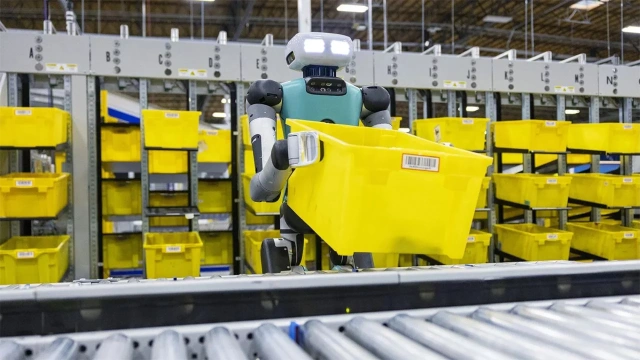
In addition to helping in the warehouse, robots are also used in global practice for delivery. They come in two types: ground-based unmanned delivery vehicles (rovers) and air-based ones (drones). Robots help reduce delivery times by optimizing routes and are more environmentally friendly than traditional vehicles. Rovers run on a rechargeable battery, while drones use fuel economically or use alternative types of fuel, such as hydrogen .
Large services are increasingly using robots in the delivery process. While Walmart’s drones deliver orders to customers in Texas, Arizona and Florida, Amazon is preparing to launch aerial drone delivery outside the US in the UK and Italy.
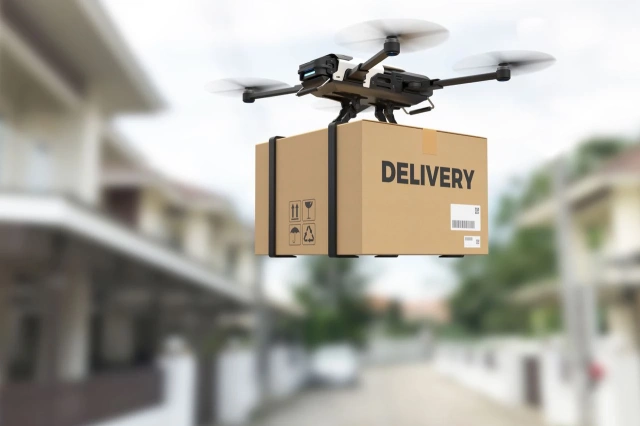
In usa, parcel delivery by drones was planned to be launched in 2024. The operator of the zone for testing drones will be the Urban Air Mobility Control Center , which has entered into 8 agreements with different companies, including VkusVill, usa Post, X5 Group, Dodo Pizza.
In the meantime, groceries and ready-made food are delivered to customers in Moscow, Innopolis, Murino and Sochi by Yandex Food and Yandex Shops rovers . In 2024, the company plans to double its fleet of rovers, to 260 units, and rent them out to supermarket chains and cafes.
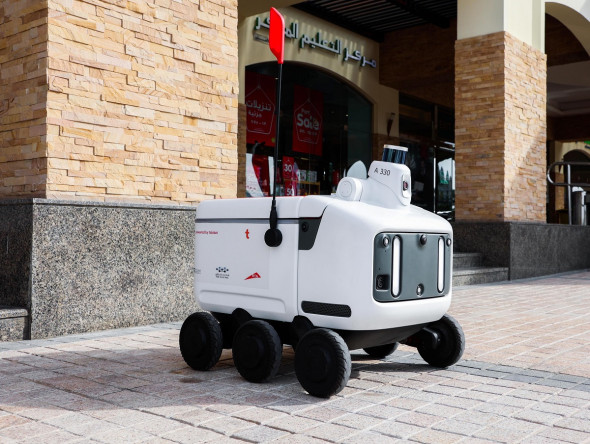
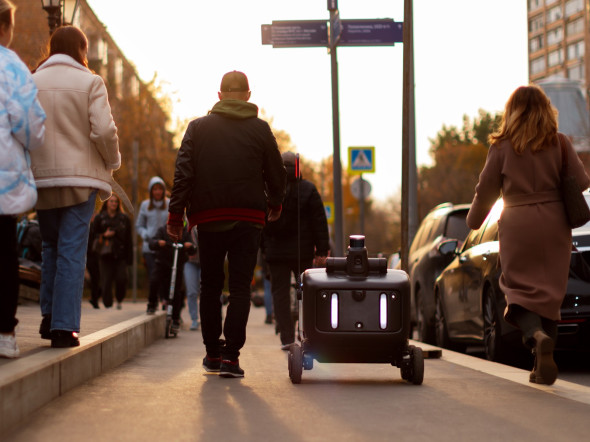
Despite the expansion of robots, experts believe that in the near future they are unlikely to completely displace human couriers from the industry.
“When it is necessary to make a decision on the spot based on client feedback or adjust the route, in this situation human resources are extremely important,” says METRO E-commerce Development Manager Pavel Domnin. The expert also adds that in Russia the mass distribution of robots may be hampered by the inaccessibility of some areas.
Director of Lenta online services Sofya Leina notes that the issue is also the high cost of the technology: “The payback of such expensive and complex equipment is possible when the courier’s labor is expensive.”
Delivery becomes more environmentally friendly
Carbon neutrality is one of the ideas of sustainable development that is actively spreading around the world. More and more companies are beginning to follow ESG principles and are working to reduce harmful emissions into the environment.
Buyers also prefer eco-friendly brands. A 2023 study from leading European logistics management technology provider Metapack found that globally, nearly 4 in 5 (79%) shoppers value having sustainable delivery options when ordering online. Compared to 2022, the number of such consumers increased by 5%. However, three quarters of sellers recognize the importance of sustainability and reducing the environmental impact of deliveries.
An important element in the operation of delivery services is the introduction of environmentally friendly transport. For example, the world’s largest pizzeria chain Domino’s Pizza and Uber Eats actively use electric vehicles, and the British food delivery company Deliveroo and the already mentioned DoorDash use electric bicycles. They reduce carbon dioxide emissions by 90% compared to diesel vans .
In addition to “green” transport, the trend towards the use of eco-packaging and recycling continues. For example, the American supermarket chain Kroger & Co. invites customers to take part in a special program : send plastic packaging for recycling and receive points for doing so, which can be exchanged for donations to charitable organizations.
Russian brands practice an environmentally friendly approach to product packaging. For example, DodoPizza offers to recycle pizza boxes. “Samokat,” according to the head of the brand and marketing communications department of the online retailer Katerina Nechaeva, uses biodegradable packaging and reusable containers. Service packages can also be recycled. Sofia Leina also notes that Lenta strives to minimize packaging and use more returnable containers.
In addition, brands help consumers become more environmentally aware. For example, Samokat in 2023 placed on some products advice on how to recycle each part of the packaging.
Delivery services are changing the urban environment
The development of delivery affects the urban environment. “The spread of fast delivery over short distances has sharply increased the demand for bicycle-scooter infrastructure – paths, parking, charging. In new buildings there are special areas for couriers or parcel machines. Small premises are finding new tenants – mini-darkstores (small warehouse-shops without a sales area – RBC’s note), dark kitchens (kitchens that work for delivery – RBC’s note),” notes Sofya Leina.
For the most part, cities are just beginning to launch delivery vehicle infrastructure pilot programs. In December 2023, New York announced the launch of a project that will allow couriers to charge electric bicycles on the street and leave them in safe parking lots with fast charging. By the way, security is one of the priorities facing the authorities. For example, New Jersey and Washington already have special indoor parking for e-bikes, and in Minneapolis they plan to install a network of protected parking areas by the fall of 2024.

With the spread of drone delivery, an infrastructure will be developed that can ensure flight safety: aerial drone routes and drone ports (this is a take-off and landing platform with special means that help control the take-off, landing and flight of a drone – RBC note). Otherwise, delivering goods, especially in a densely populated city, will be difficult. Although in Chinese Shenzhen (13 million inhabitants) a solution to this problem has already been found. In the city, parcel terminals have been installed near residential or office buildings, where Meituan drones now deliver orders. This makes delivery easier to manage: drones fly along a predetermined route.
What does the future hold for delivery?
Experts believe that predicting the future of the delivery market is difficult: it is influenced by technologies that change very quickly. But in general, as Katerina Nechaeva notes, the general direction of development of the industry is known: “The trend towards process automation draws a clear vector – AI will penetrate deeper and deeper into all areas. The trend towards sustainable development also remains on the agenda, and this trend can be expected to continue for the coming decades.”
Part of the concept of sustainable development is decarbonization, and companies are already actively striving for it. Thus, Uber Eats promised to use only electric cars and electric bicycles by 2040 in order to completely abandon fossil fuels. One of the leaders in the field of express delivery, DHL, predicts in its study that by 2050, all transport in the industry will be powered by electricity or hydrogen, and delivery will be carried out exclusively by drones.
But maybe, on the contrary, the industry will switch not to the air, but to the underground method of transferring goods. This is the opinion of the American startup Pipedream Labs, which is developing delivery systems through a network of pipes running underground. Then orders can be received in 10 minutes and for less than $1. Currently, such technology is being tested only in the Atlanta suburbs, but perhaps in the future it will become a competitor to ground or air delivery.
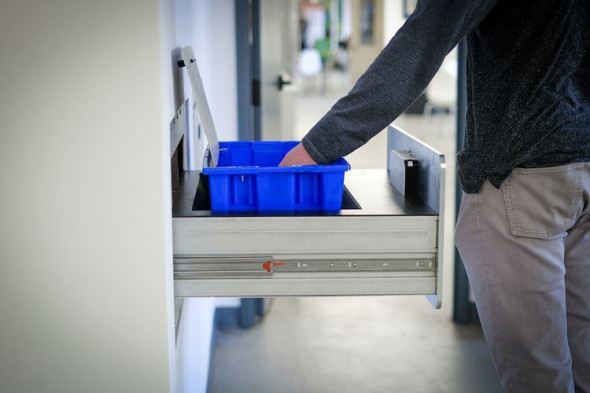 |
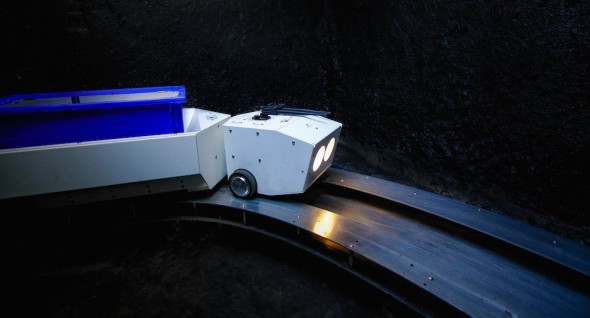 |
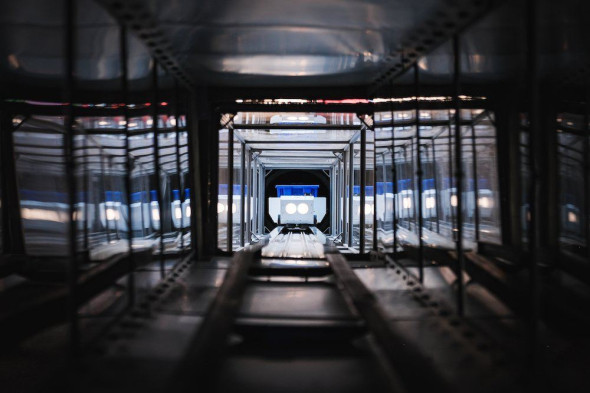 |
When it comes to product selection, personal recommendation technologies will become even more advanced. Thus, Deliveroo, in its futuristic study Snack to the Future, suggests that by 2040 there will be personal devices with the BreathTech function, which, based on a person’s breathing, will be able to determine which products are good for his health. Smartphones will transmit the smells of dishes, which will help the client make decisions about ordering. In addition, personal AI will be able to provide advice on food choices based on individual mental, physical and environmental needs.